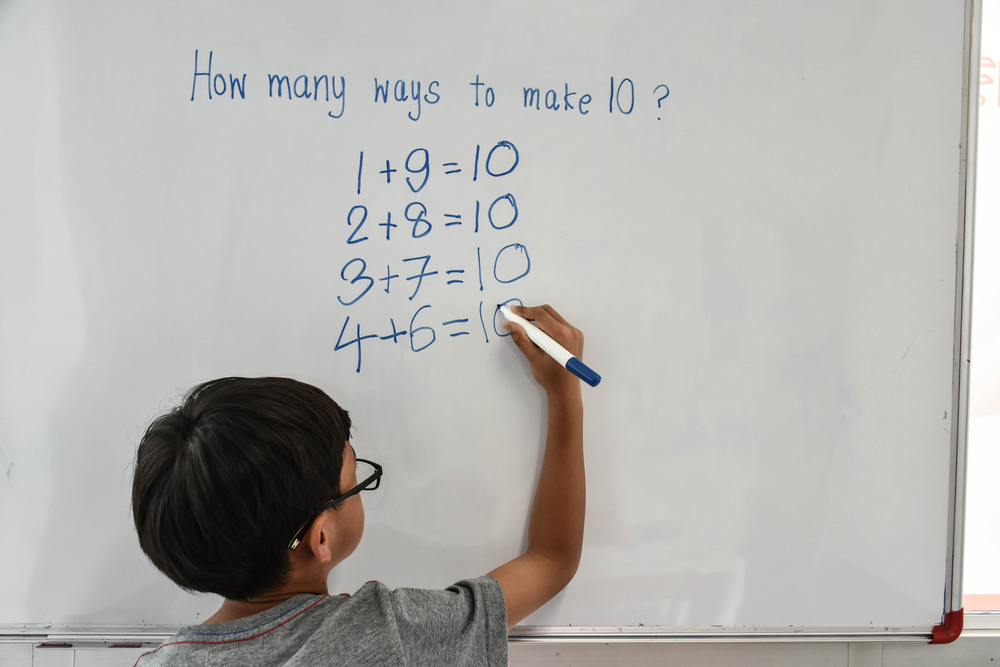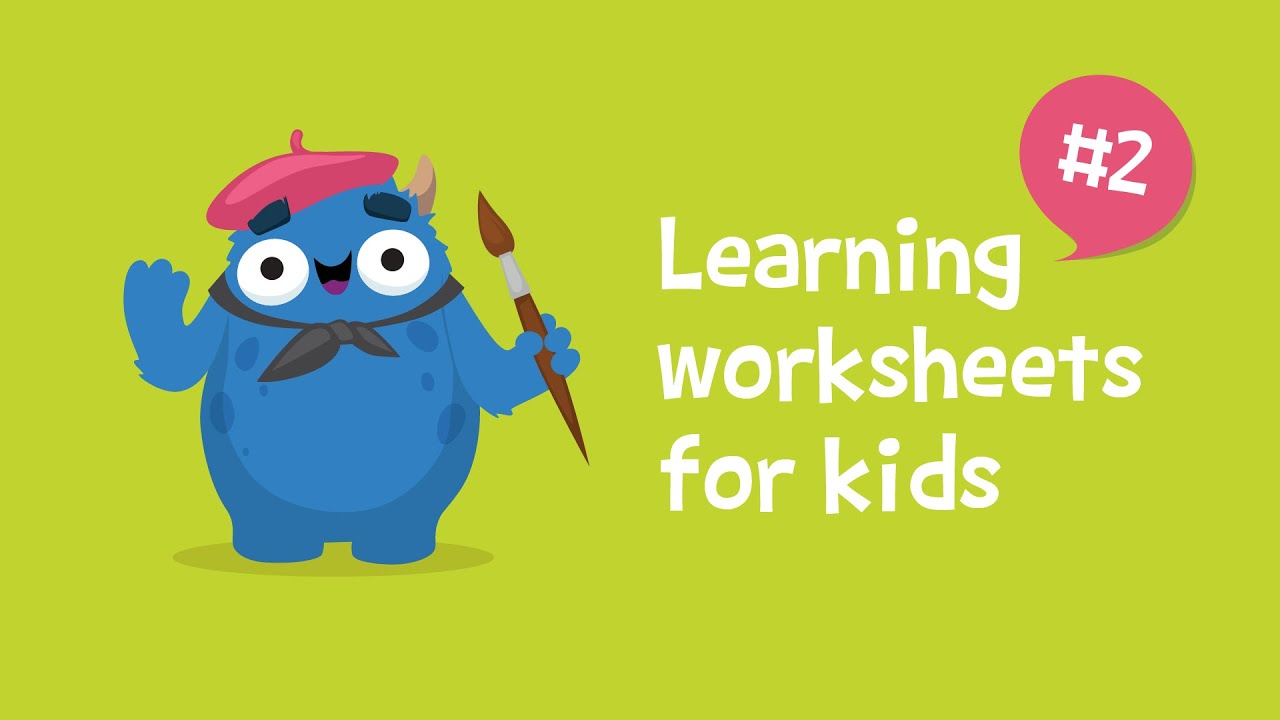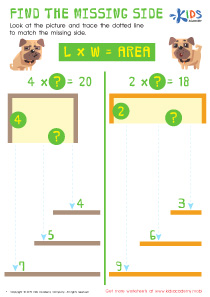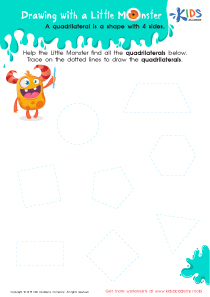Easy Fractions of Shapes Worksheets for Ages 5-6
6 filtered results
-
From - To
Discover our "Easy Fractions of Shapes Worksheets" designed specifically for children aged 5-6! These engaging worksheets introduce young learners to the concept of fractions through fun and interactive activities. Kids will explore shapes, identifying and dividing them into equal parts. Each worksheet features colorful illustrations and simple exercises that make learning enjoyable. Perfect for classroom or home use, these resources help build a solid foundation in math while encouraging critical thinking and problem-solving skills. Download our worksheets today and watch your child's confidence in understanding fractions grow as they embark on this fun educational journey!
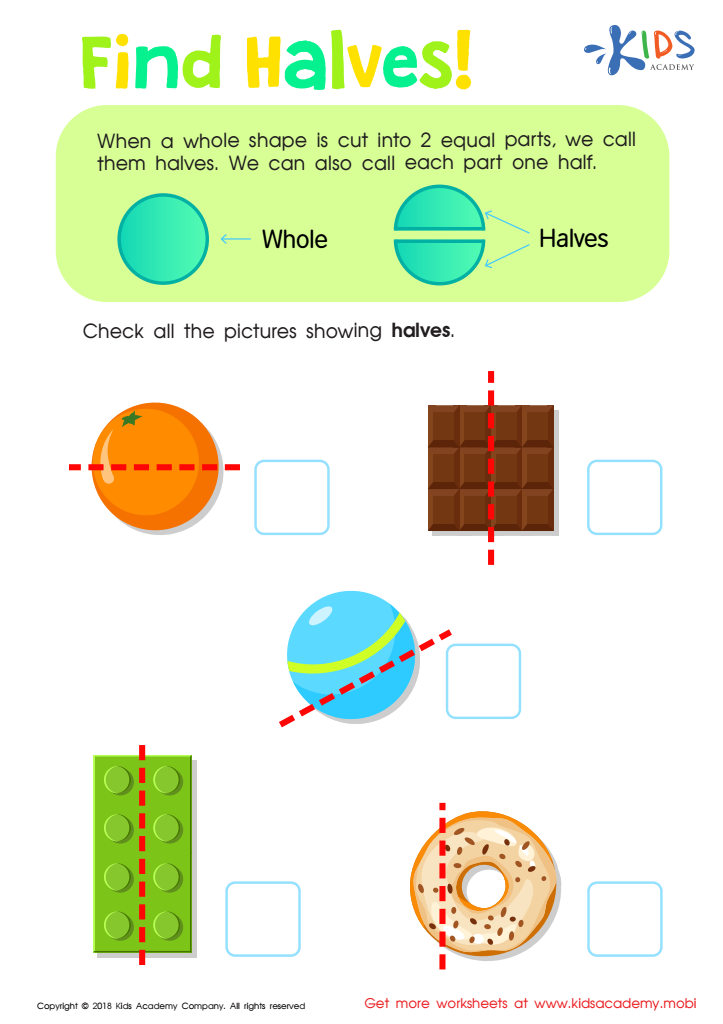

Find Halves Worksheet
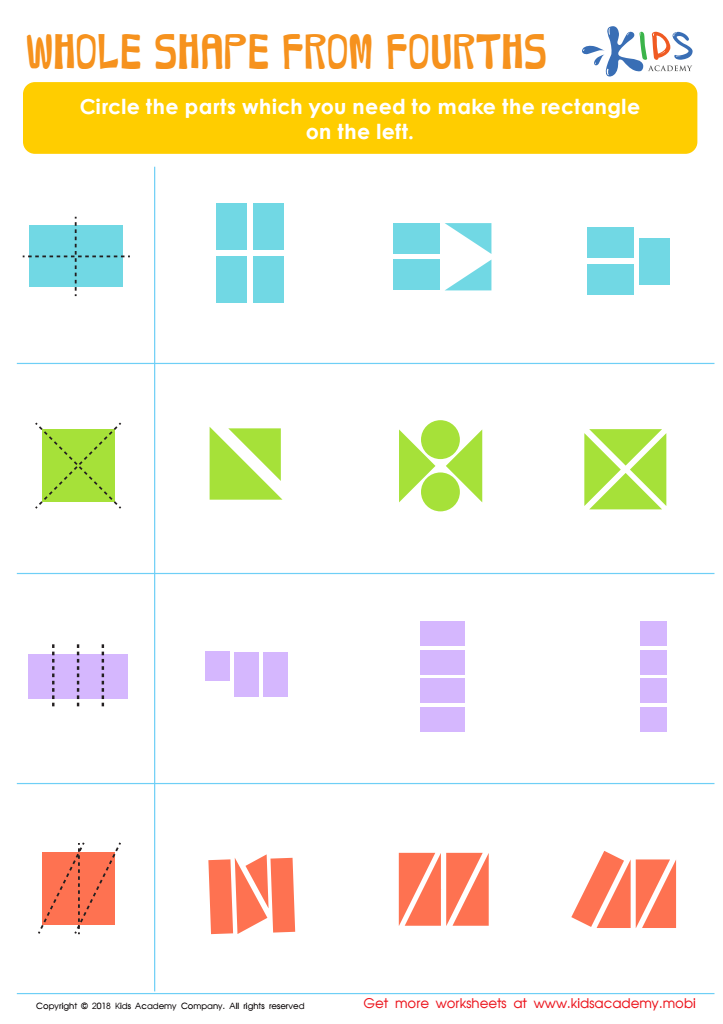

Whole Shape from Fourths Worksheet
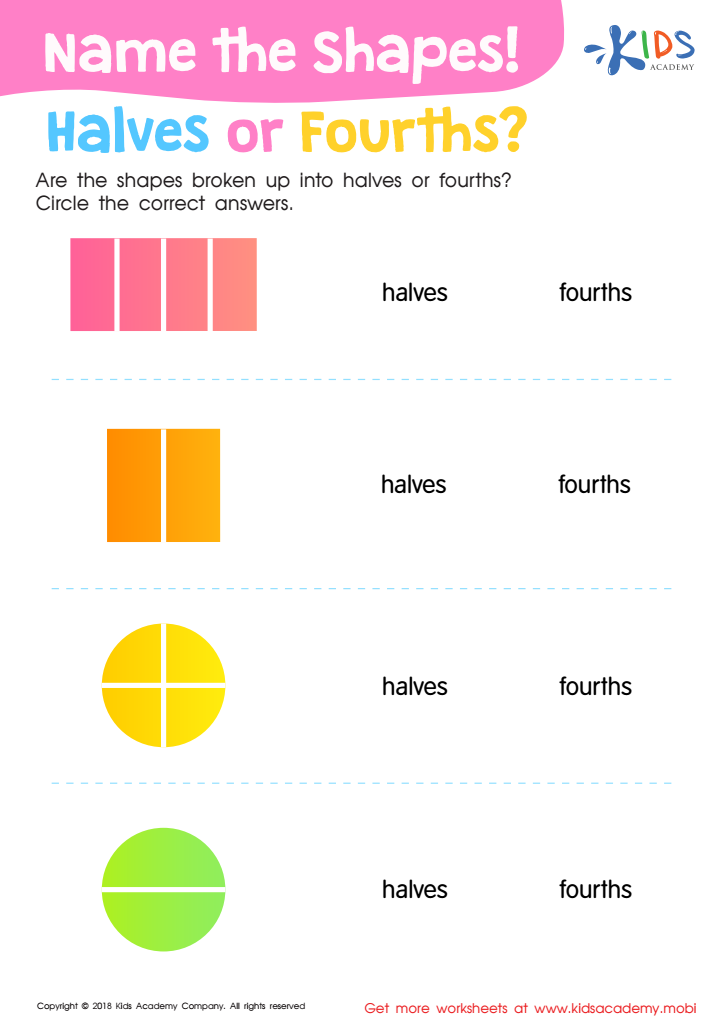

Name the Shapes Halves or Fourths? Worksheet
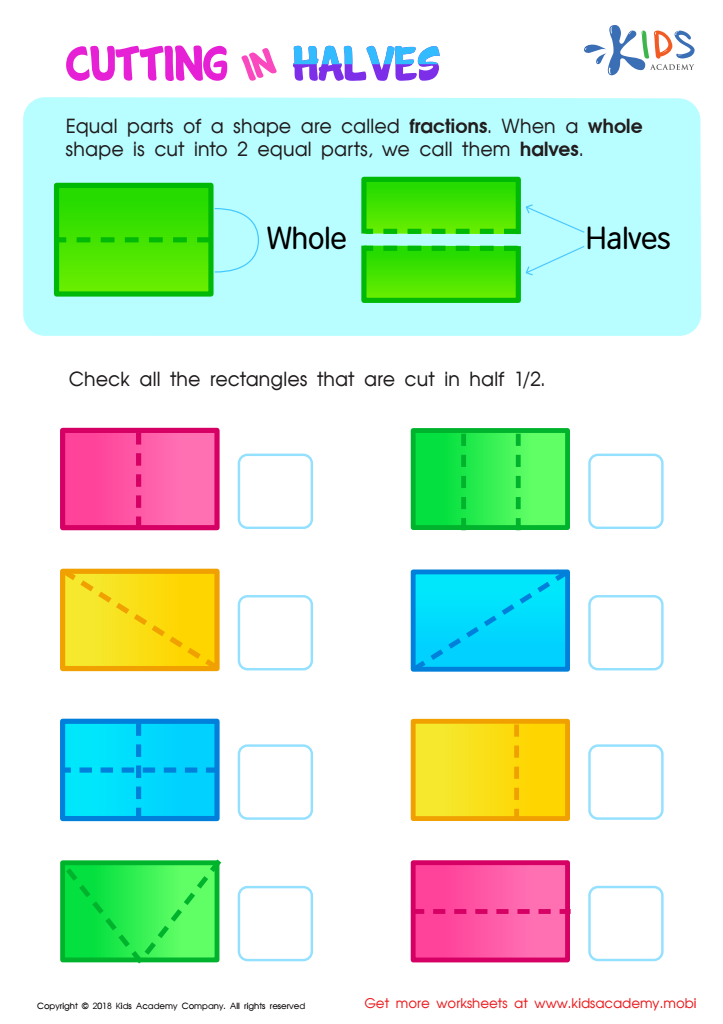

Cutting in Halves Worksheet
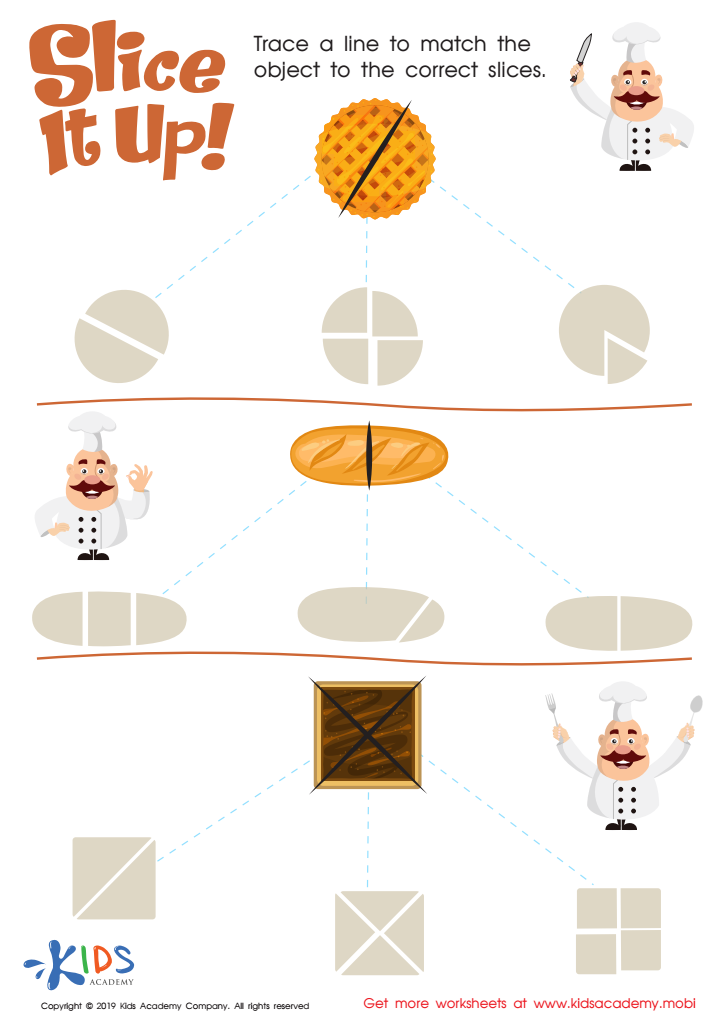

Slice It Up Worksheet
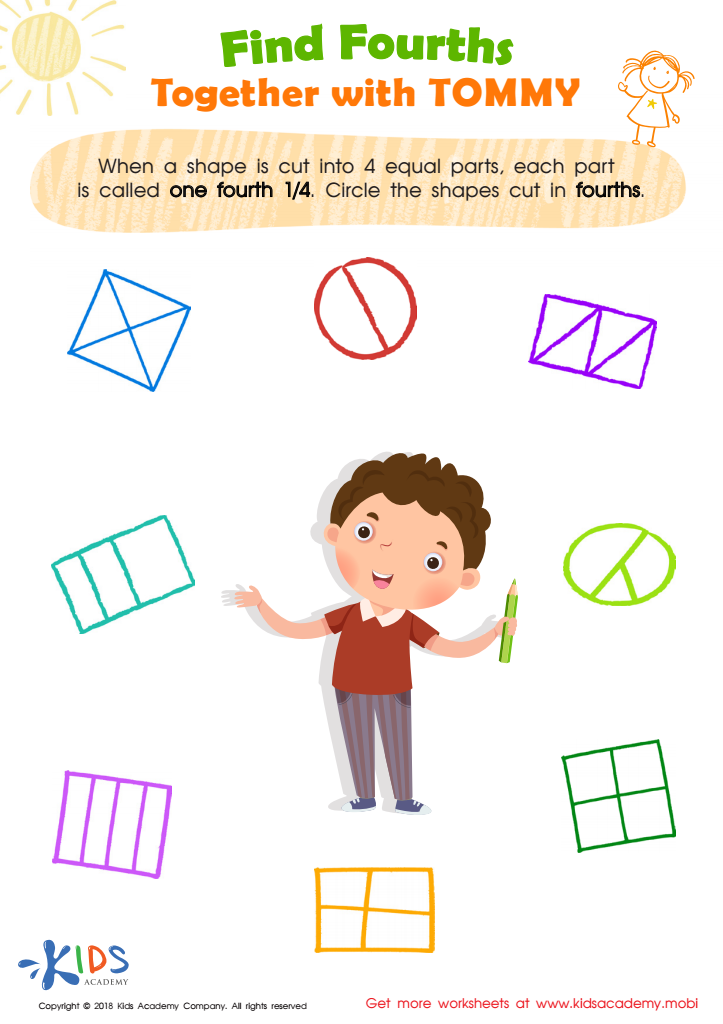

Find Fourths Together with Tommy Worksheet
Understanding easy fractions of shapes is a crucial aspect of early mathematics education for young learners aged 5-6. At this age, children are developing foundational skills that will support their problem-solving abilities and critical thinking in future math concepts. By introducing fractions through simple shapes, children can visualize and comprehend the idea of parts and wholes—a fundamental mathematical principle.
Learning about fractions in a hands-on manner helps make abstract concepts tangible. It cultivates a sense of spatial awareness and enhances cognitive development. When parents or teachers engage children with activities involving divided shapes—like circles and squares—they foster a sense of exploration. This interactive learning encourages curiosity, enabling children to experiment and make connections.
Moreover, understanding fractions can also enhance children's language skills as they learn new vocabulary associated with quantity, such as "half," "quarter," and "whole." Encouraging discussions around these concepts can bolster communication and reasoning skills. Additionally, mastery of simple fractions lays the groundwork for future math success, preparing children for more advanced topics in geometry and arithmetic.
In conclusion, supporting children’s understanding of fractions through shapes instills confidence and enthusiasm for learning, which can lead to a lifelong appreciation for mathematics.

 Assign to My Students
Assign to My Students



